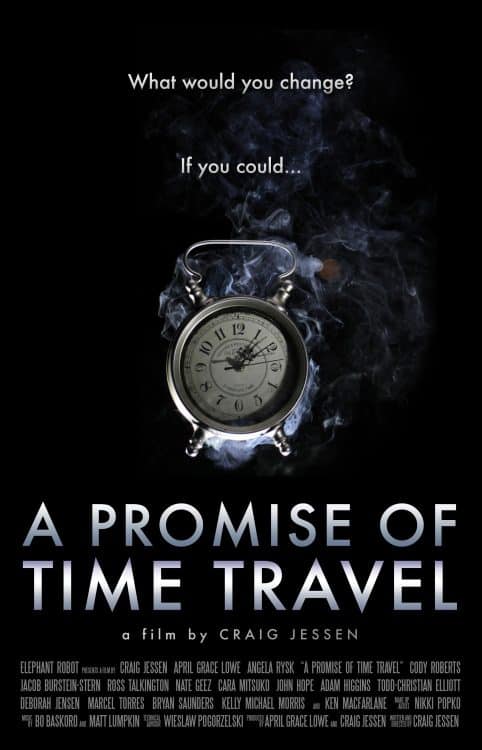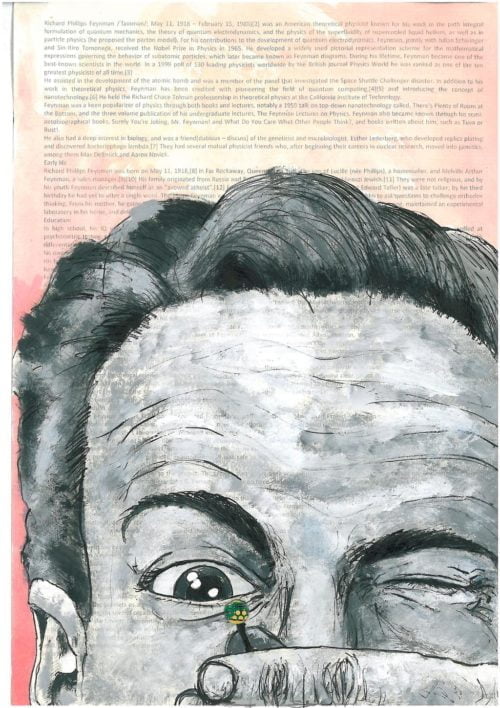Nature’s Great Events is a wildlife documentary series made for BBC television. The series looks at how seasonal changes powered by the sun cause shifting weather patterns and ocean currents, which in turn create the conditions for some of the planet’s most spectacular wildlife events. Each episode focuses on the challenges and opportunities these changes present to a few key species.
Episode List
As winter finally passes and the sun climbs over the Arctic, the 4,000,000 square mile ice-sheet rapidly begins to melt, revealing an archipelago of islands, channels, and seas. For the masters of the ice, the polar bears, this is a moment of jeopardy but for others like the arctic fox, beluga whales, thousands of lemmings, and immense flocks of birds this is the richest place on Earth.
The annual return from the Pacific Ocean of millions of salmon to the streams where they were born in North America in order to spawn and die. Grizzly bears depend for their survival on this event, too.
How one lion family – the Ntudu pride – struggles to survive until the return of the great migration of wildebeest and zebra to the Serengeti in Africa.
The sardine run, which takes place each winter along the South African coast. Dolphins first find the sardines and gannets, seals, sharks and whales follow for the biggest fish supper on the planet.
In Africa, a great flood in the Okavango turns four thousand square miles of arid plains into a wetland. The lush grass attracts elephants, deer, zebra, buffalo and hippos come for the water.
After a seemingly endless icy winter, the Arctic coast of Alaska and British Columbia, and the the northern Pacific which washes it, warm and bloom more intensely then the Amazon forest. plankton, which gets constant feeding in the deep fjords is a feast for the food chain. This starts with herring, seals and whales, which travel for months from the quiet, warm but relatively poor Hawaiian waters. Many species time births to benefit from the short, abundant feeding spray. Many build up fat reserves for the colder rest of the year.










